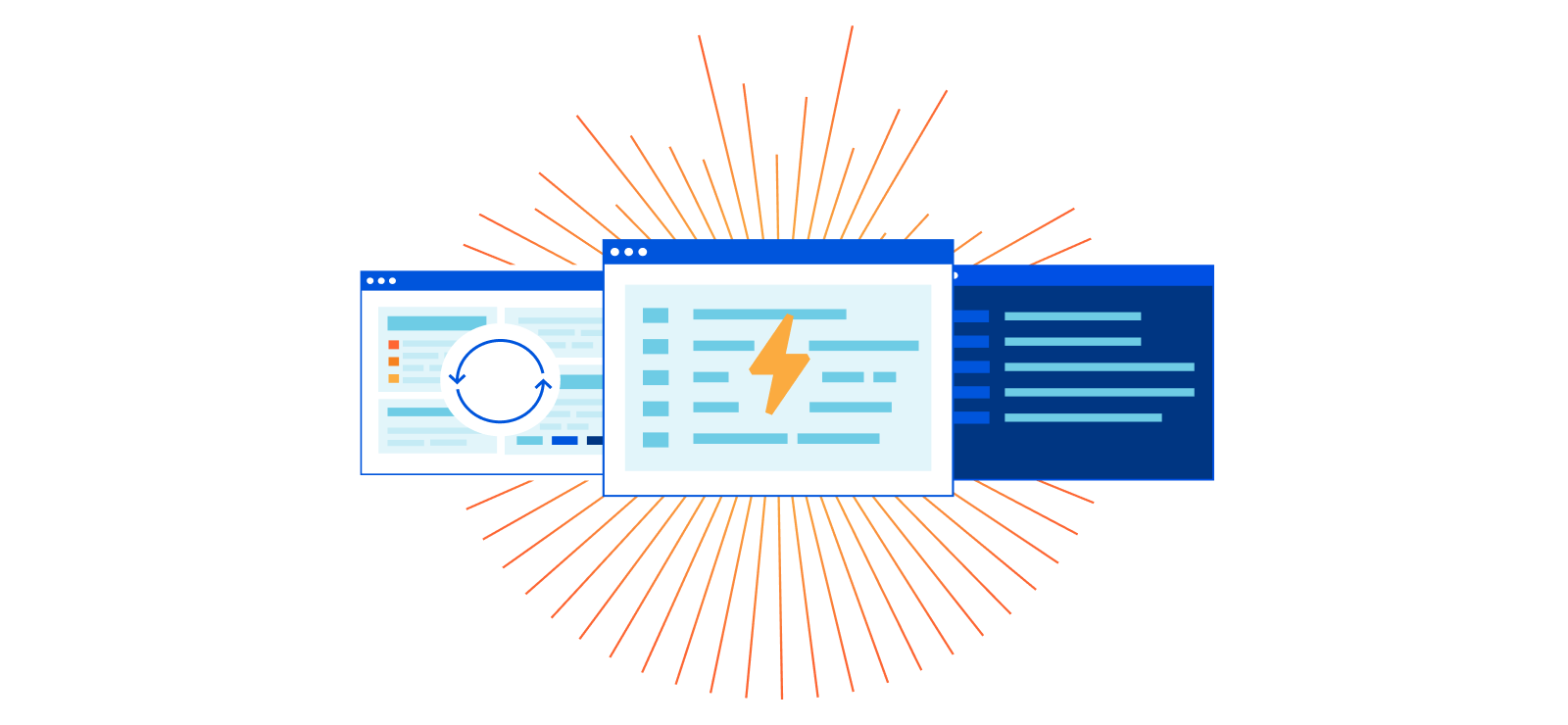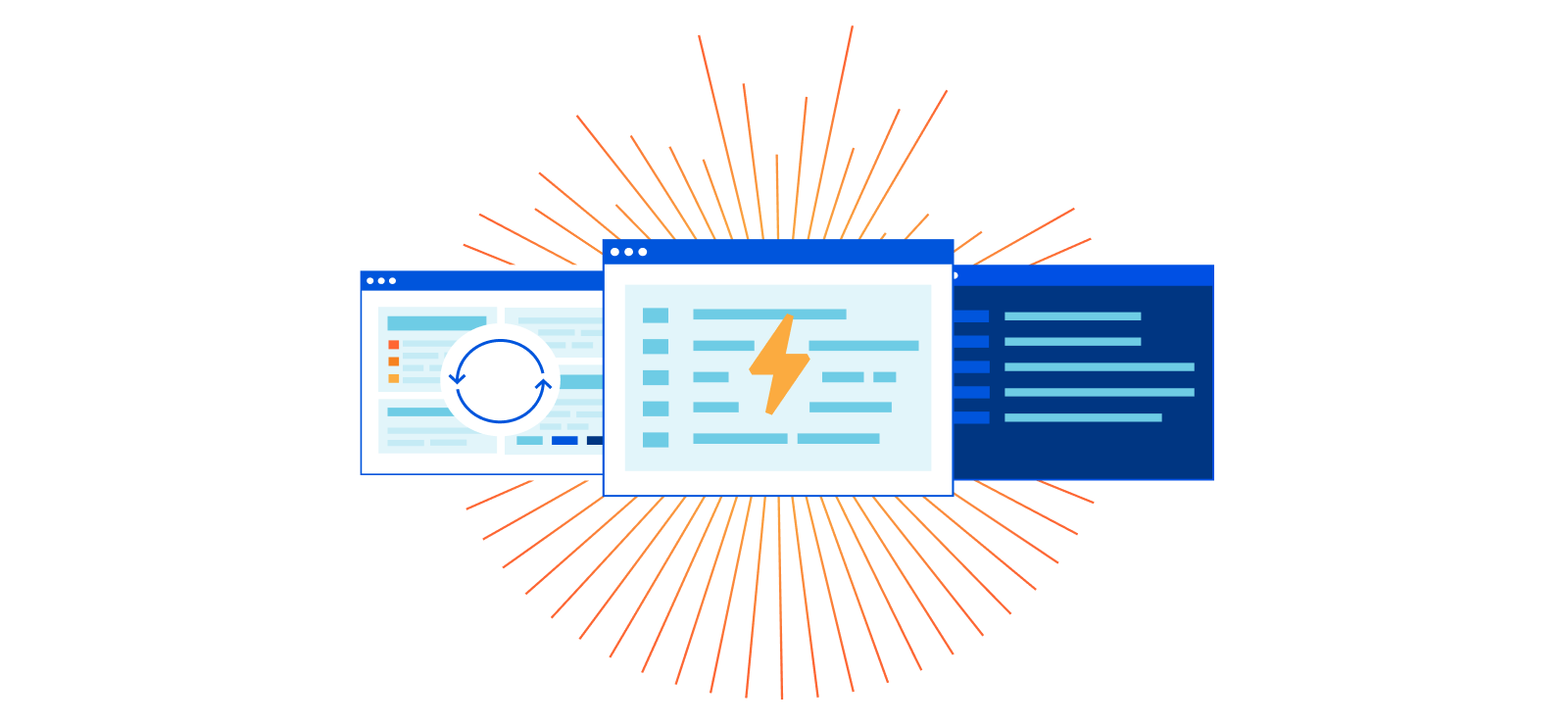Stretched VLANs: What Problem Are You Trying to Solve?
One of ipSpace.net subscribers sent me this interesting question:
I am the network administrator of a small data center network that spans 2 buildings. The main building has a pair of L2/L3 10G core switches. The second building has a stack of access switches connected to the main building with 10G uplinks. This secondary datacenter has got some ESX hosts and NAS for remote backup and some VM for development and testing, but all the Internet connection, firewall and server are in the main building.
There is no routing in the secondary building and most of the VLANs are stretched. Do you think I must change that (bringing routing to the secondary datacenter), or keep it simple like it is now?
As always, it depends, this time on what problem are you trying to solve?


